My goal with Live Simply Natural is that it becomes a resource to help you feel empowered when making food choices, so I’m breaking down everything you need to know with some of the most common whole food ingredients. Today I’m sharing one of my summer favorites – CUCUMBER!
Produce Guide: Cucumber
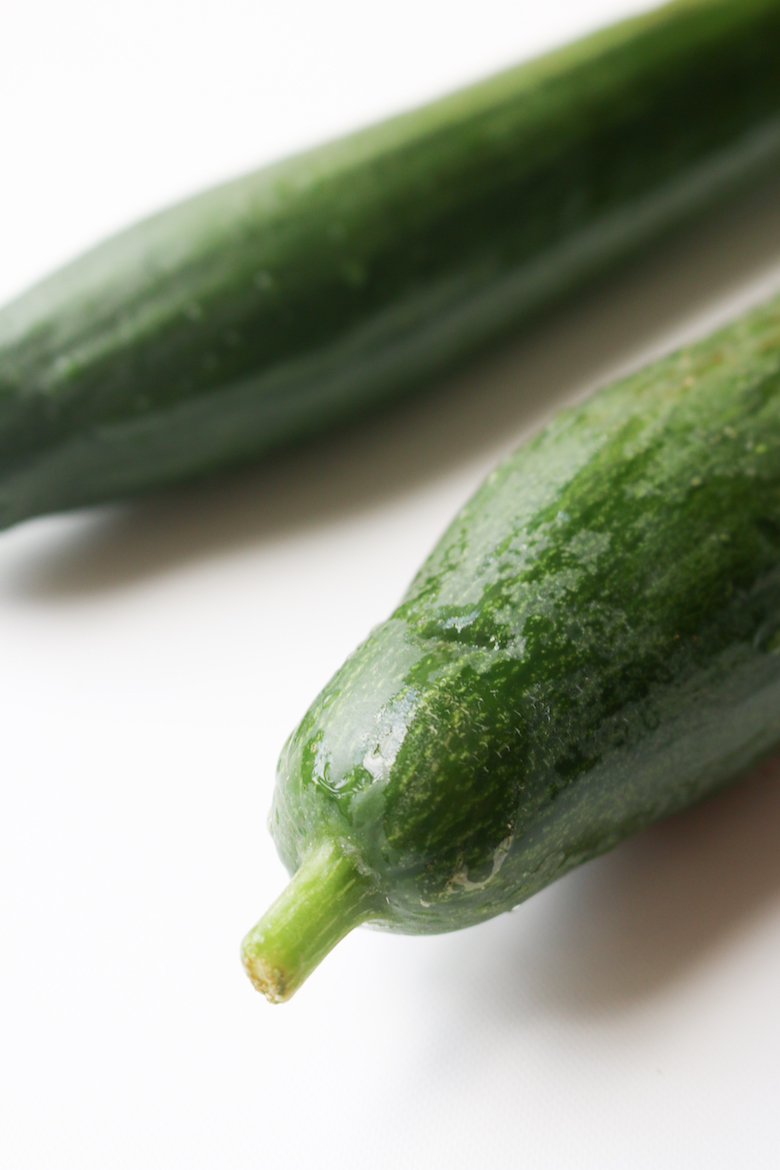
While there are many different varieties of cucumbers at the grocery store available year-round, summer is the heart of when cucumbers come in season. Known for their refreshing, light flavor and crunchy crisp texture, they are a wonderful addition to salads and veggie platters. What makes cucumbers so great in the summertime is that the inside of a cucumber can sometimes be 20 degrees F cooler than the temperature of its surrounding. And since cucumbers contain 90% water, they offer a nice cooling sensation and help to keep you hydrated in the summer months.
-
HEALTH BENEFITS
Cucumbers are known to be an excellent source of vitamins, including anti-inflammatory vitamin K, infection-fighting vitamin C, and energy-producing pantothenic acid (vitamin B5). Body-beneficial minerals include bone-building manganese, as well as potassium and magnesium, both good for your heart. Cucumbers support the digestive tract, including helping to cleanse the liver, which is our main detoxifying organ, by removing accumulated toxins and waste materials from the blood and gut. Cucumber nutrition also includes being one of the top alkaline foods that help balance the body’s pH level and counteract the effects of an acidic diet.
NUTRIENT BREAKDOWN OF CUCUMBER
*raw cucumber, 100g (source)
- Fiber | 0.5 g (2% DV)
- Protein | 0.7 g (1% DV)
- Carbohydrates | 3.6 g (1% DV)
- Vitamin A | 105 IU (2% DV)
- Vitamin C | 2.8 mg (5% DV)
- Vitamin K | 16.4 mcg (21% DV)
- Folate | 7 mcg (2% DV)
- Magnesium | 13 mg (3% DV)
- Potassium | 147 g (4 % DV)
- Calcium | 16 mg (2 % DV)
- Iron | 0.3 mg (2% DV)
-
HOW TO BUY
When shopping for cucumbers, you should always look for the same things: Look for small to medium cucumbers that are firm and feel heavy for their size with bright-colored skin free of spots and bruises. Their skins should look shiny and smooth with a bright, even green color and no blemishes. Avoid yellowing cucumbers and those that have been waxed. Cucumbers are one of the “Dirty Dozen” vegetables that have been shown to have more pesticide residue. I recommend buying your cucumbers from your local farmers market or purchasing organic when possible.
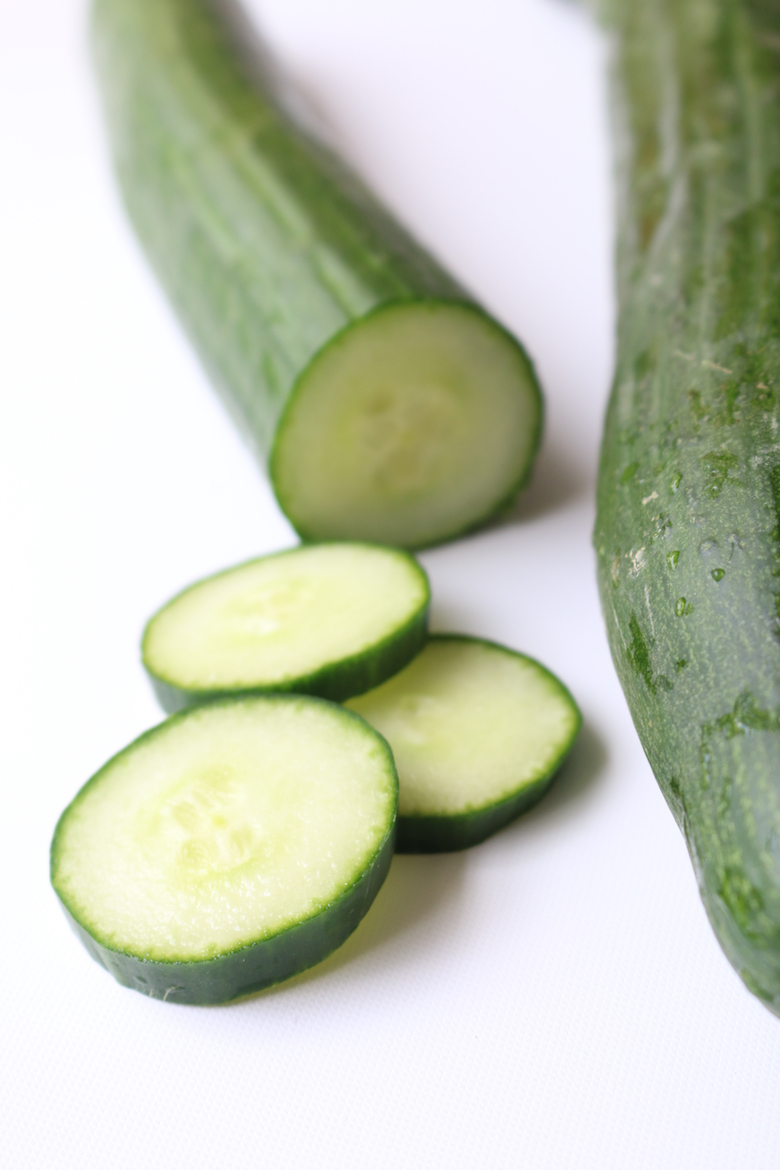
-
HOW TO STORE
When storing your cucumbers be sure to store it in the refrigerator if you are not going to use them immediately. Cucumbers are highly perishable which means you will need to keep them visible in the refrigerator. Cucumbers are prone to chilling injury when at a temperature below 50°F. so it’s best to eat them within 3 to 4 days from purchase. They should never be frozen as they will turn brown and gelatinous.
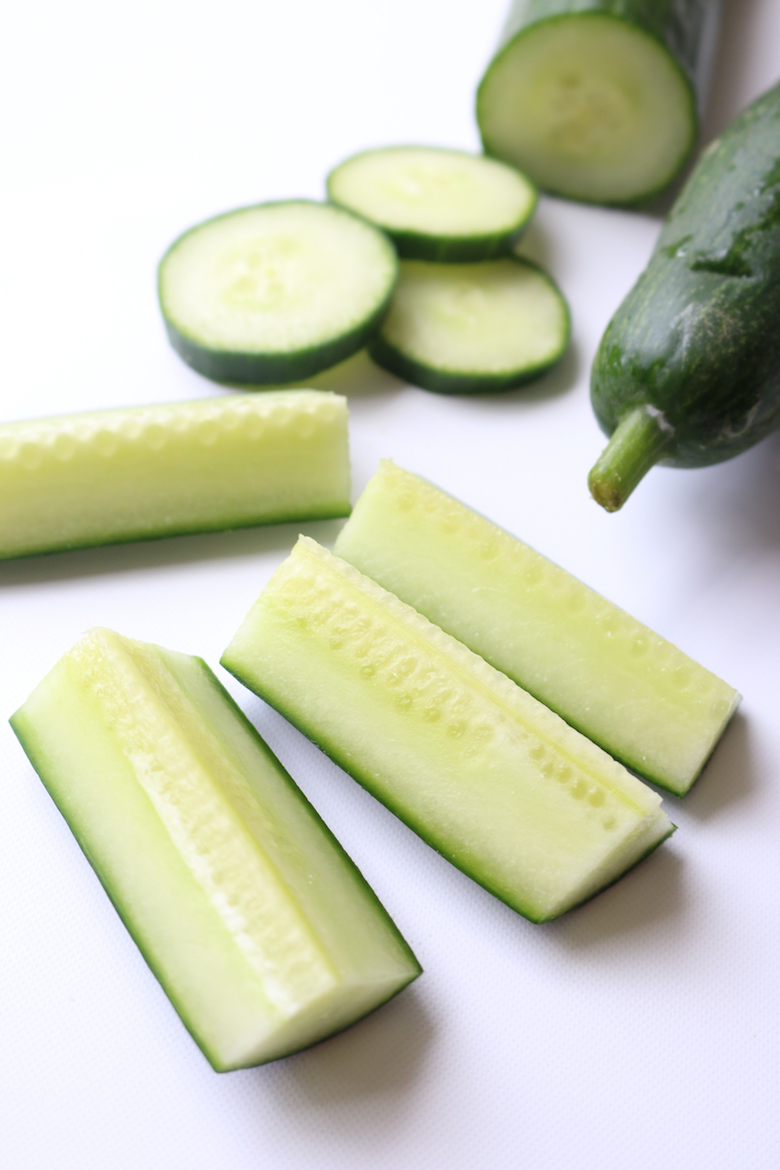
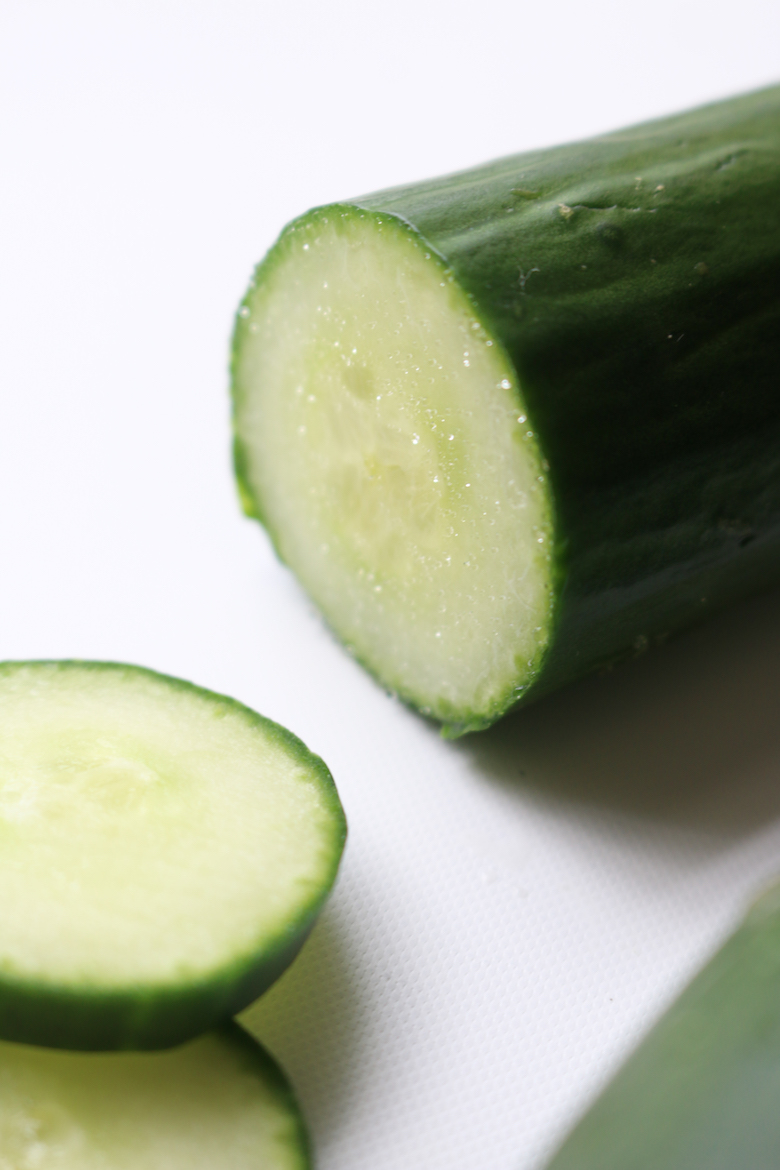
-
HOW TO PREPARE
When preparing cucumber scrub with a brush under cold water to remove any grit. Cucumbers are great for slicing into salads or served raw, but cucumbers also can be cooked. Peel, slice or chop cucumbers and sauté in a bit of olive oil. Sprinkle with salt and pepper with some fresh herbs. For the less adventurous, scrub cucumbers clean, cut a slice, and taste it. If the peel is unpleasantly thick or bitter, peel the whole vegetable before slicing it to chopping for salads. Otherwise, you can leave the peel on. Serve plain with soy sauce or a light yogurt dressing.
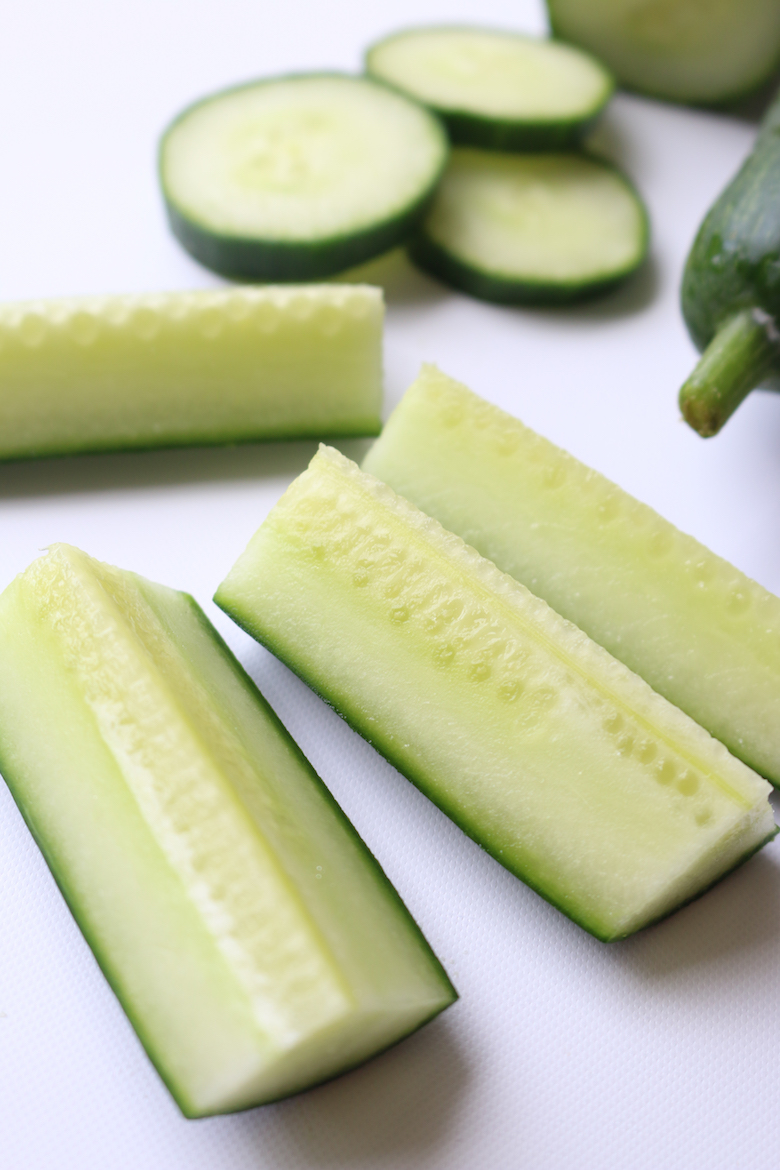
-
CUCUMBER RECIPES
Looking for easy ways to use your cucumber?! Check out our favorite recipes here!
WHAT’S YOUR FAV?
What ingredient do you guys want to learn more about? And if you have a favorite way to eat cucumbers, tag @livesimplynatural or #livesimplynatural so the LSN community can get inspired by your dish too :)
Hugs,


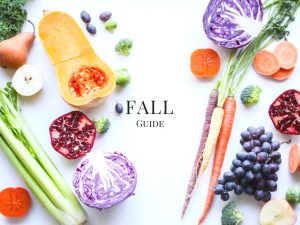
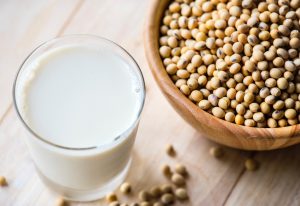
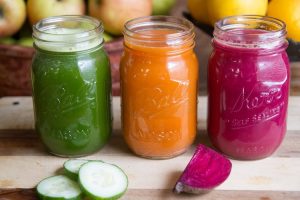
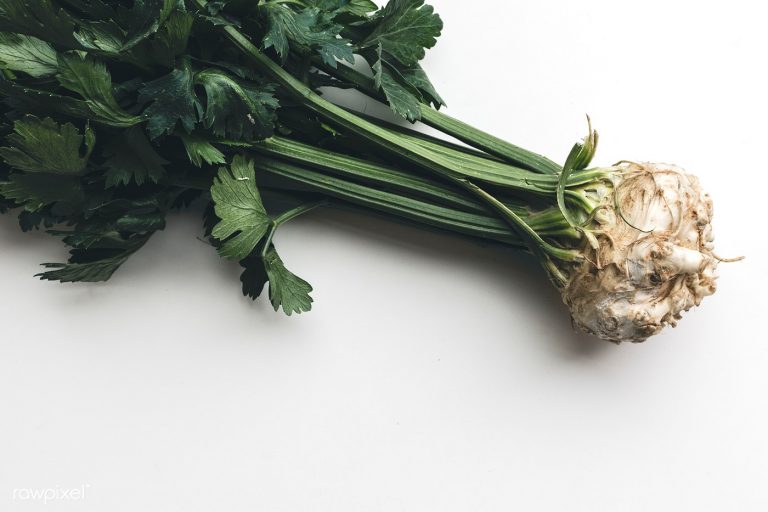

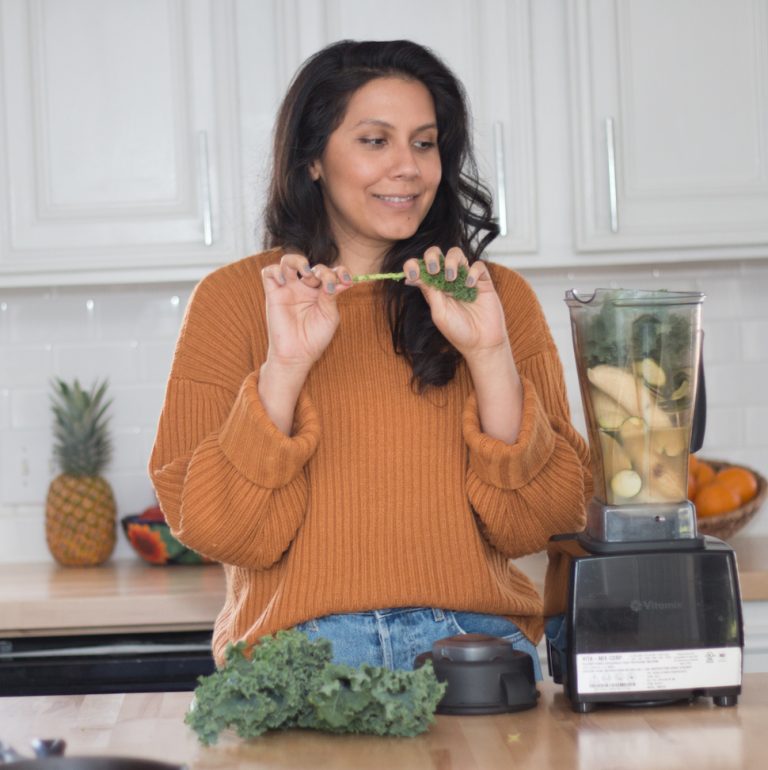
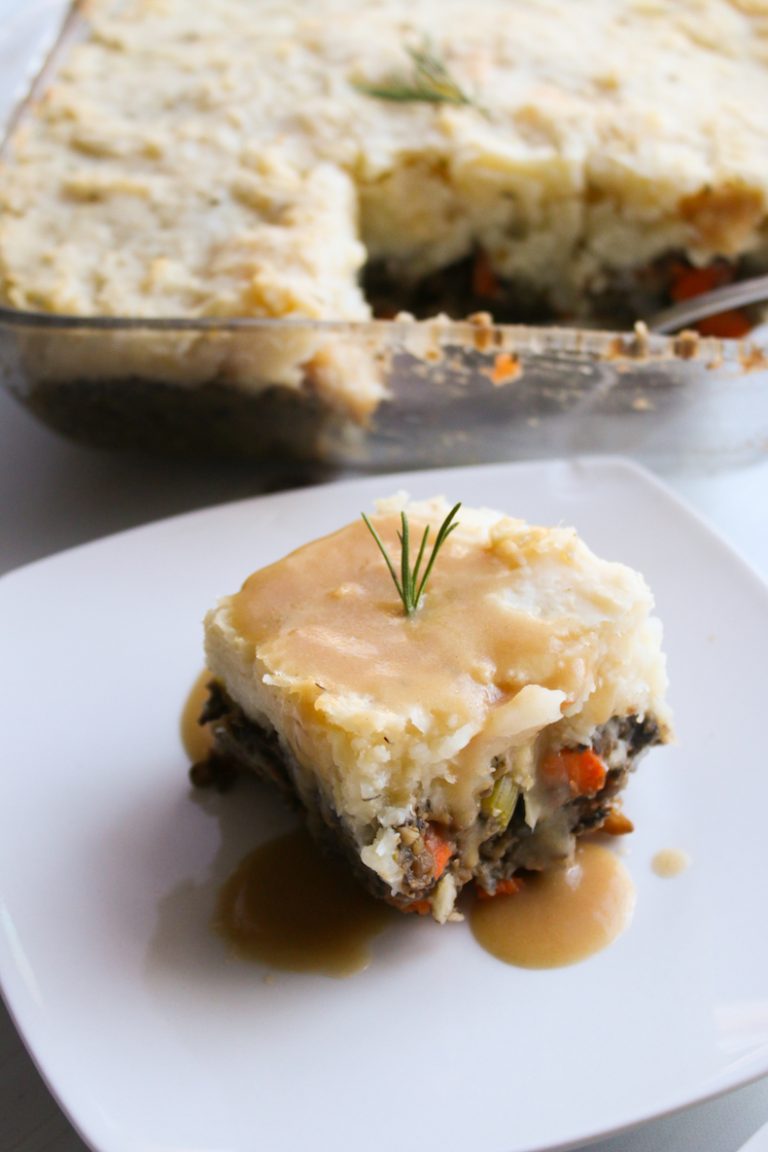
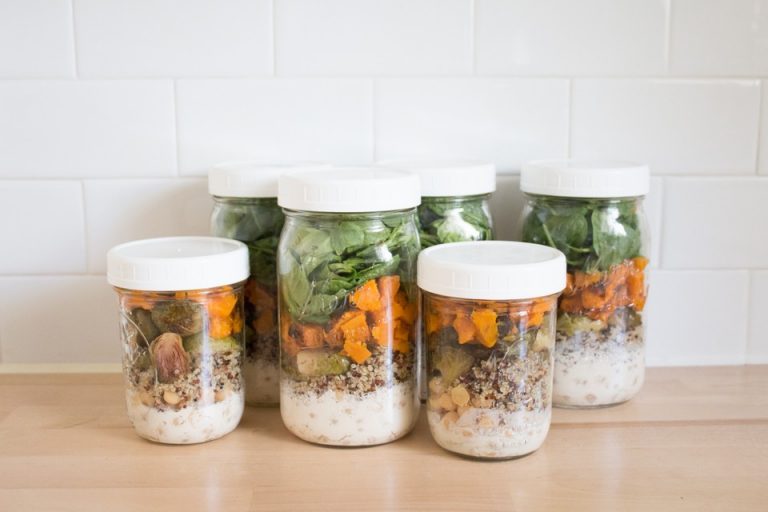


One Comment